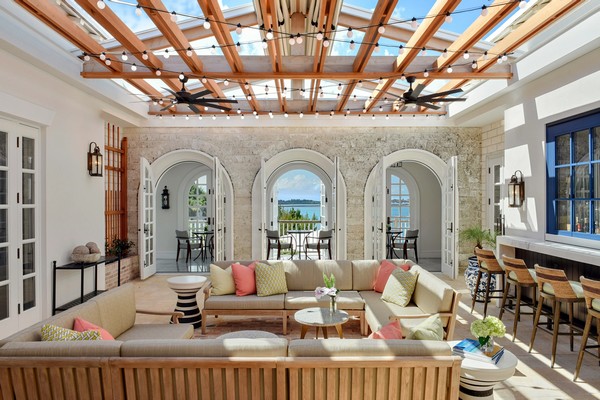Everyone seems to be talking about bringing the outdoors inside with indoor garden rooms and rooms without walls as an integral part of the modern home, essentially retractable glass walls but why go to all that hassle? Conservatories remain as fashionable and popular as ever and a great way to add another room to your home without the need for a costly extension.

Clever furnishing options mean you have a room large enough for the extended family at Christmas, a play area for small children to make a mess in or a separate work studio for someone who works from home.
Will you need planning permission
One of the big advantages of a conservatory over an actual bricks and mortar extension is the ability to avoid planning permissions and costly architect’s drawings.
Most local authorities classify an extension as a building which is connected to the main house with either plumbing or heating or both. But a clever conservatory designer can neatly circumvent this so you can avoid the need to apply to your local council for consent. If you are unsure, it is always best to check out the planning regulations as if a sharp-eyed planning officer or nosey neighbour decides to report it, you might be required, worst-case scenario, to dismantle the whole conservatory if retrospective planning permission is not granted. An unauthorised conservatory could also trip you up when you come to sell your home as your buyer’s solicitors will be keen to check out that it is totally legal.
Use a reputable installer, find one via the Conservatory Association who also have useful tips and guidance online to help you make the right choice of both installer and product.
What can a conservatory bring to your home and lifestyle?
In a word, space and also another word, light. An extra room in your house you could probably use several times over. It will also increase the value of your home and style-wise offers lots of different looks and designs giving you an artistic freedom that you just wouldn’t get with say a loft conversion and even an extension which would be closely governed by planning laws.
A conservatory is flexible enough to become several different rooms in one. A large and beautifully furnished dining area can still double up as a playroom with sensible storage choices. Turn it into a home cinema and let your lounge become a media-free zone. The free space of a conservatory without the architectural restrictions of some of the more traditional rooms in the home really is a blank canvas.
Before you go ahead, here are some points to consider and discuss with your installer – as recommended by: Plastic Building Supplies.
- What type of glass do you want? There are literally hundreds of options to choose from – focus on light, too much light, glare, safety aspects and ease of cleaning
- Don’t forget to budget for your blinds, these are pricey
- Research glass roofs over uPVC alternatives which will make your conservatory look like both a garden room and an extension without the cost and hassle of either. Glass roofs can bring in too much light, are hard to clean and maybe noisy
- Push the boat out and go for underfloor heating or a cheaper alternative, wood or stone effect floor panels, warm and easy to keep clean and they look great.
